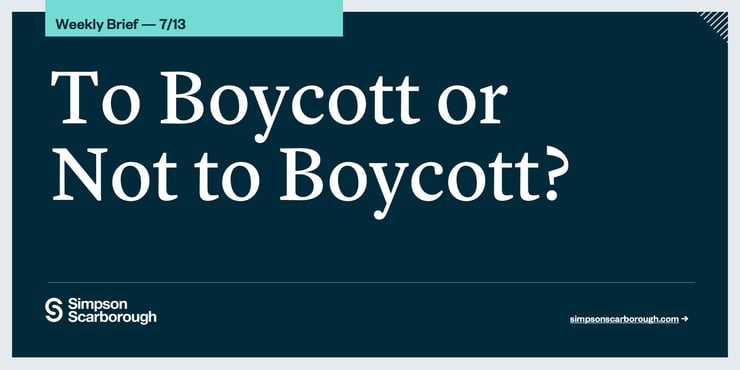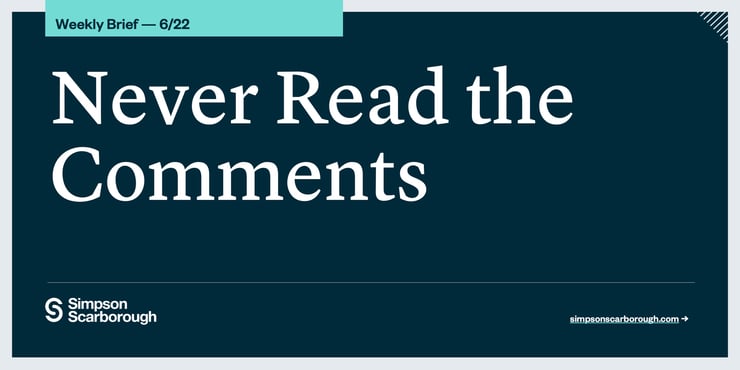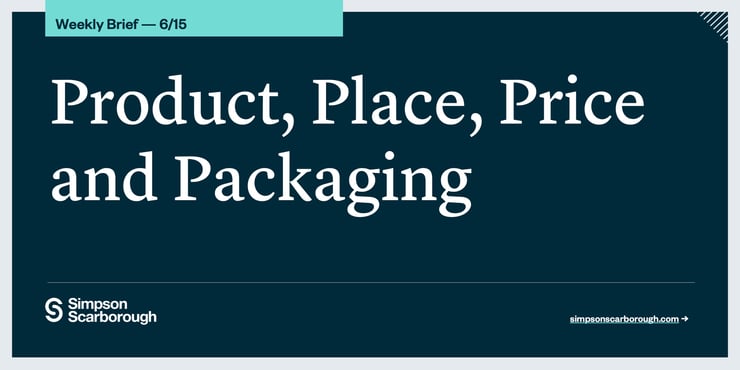Is there a reputational risk in actually opening now?
We've spent the summer reading detailed plans for campus reopenings. They include testing plans, contract tracing, and even air-conditioned circus tents. But the month of July saw many schools backtrack, change plans, or finally move to a more, if not completely, virtual model. During July, we saw a 13% decrease in institutions staying fully open, a 3% increase in all online, and a 17% increase in hybrid models (you can view our interactive reopening dashboard here).
Which begged the question from one of my colleagues — is there a reputational risk in not changing your mind about bringing students, faculty, and staff back to campus? I'll answer that in a second, but first, some data. We've seen the desire of prospective and current students to return to campus wane over the course of three national studies since March. (Shameless plug: We'll preview our July survey findings on the Place Makers pod tonight. The full report comes out next Monday.) And it's not just quantitative data telling the story. George Washington University announced last Monday that it was reversing course, and though I'd always advise to never read the comments, the sentiment here from parents was largely positive and that this was the right decision.
Schools that chose to open fully online will have earned two to three extra months planning for a better virtual educational experience, better understanding how to communicate the value of their education regardless of delivery method, and evolving their enrollment strategies.
So, is there a reputational risk in bringing everyone back to campus? In the short term, I think the answer is yes. But not for an individual institution, but for higher education on the whole. I believe it's highly unlikely anyone is still on campus past September. If that ends up being true, the schools that tried to open will end up sending everyone home and open their staff and leadership up to another month's worth of headaches — tuition discount requests, questions around safety, or, worse, questions around the intent behind opening. September will be nothing but Washington Post articles about "Why did you open higher ed in the first place?".
On a more micro level, the greater risk is short term for many schools. While the colleges and universities that attempted reopening only to close mid-semester will be reacting to the questions above, the schools that chose to open fully online will have earned two to three extra months planning for a better virtual educational experience, better understanding how to communicate the value of their education regardless of delivery method, and evolving their enrollment strategies. This experience will be critical in recruiting the class of 2021, especially for many regional private and public institutions.
The next three to four weeks will be a ride, folks. The sentiment to stay closed is growing. Whether institutions are hurt reputationally or not, those that choose to remain open will absolutely be hurt by a loss of time. Time spent on reacting to questions rather than evolving communications and enrollment strategies for our new reality.











